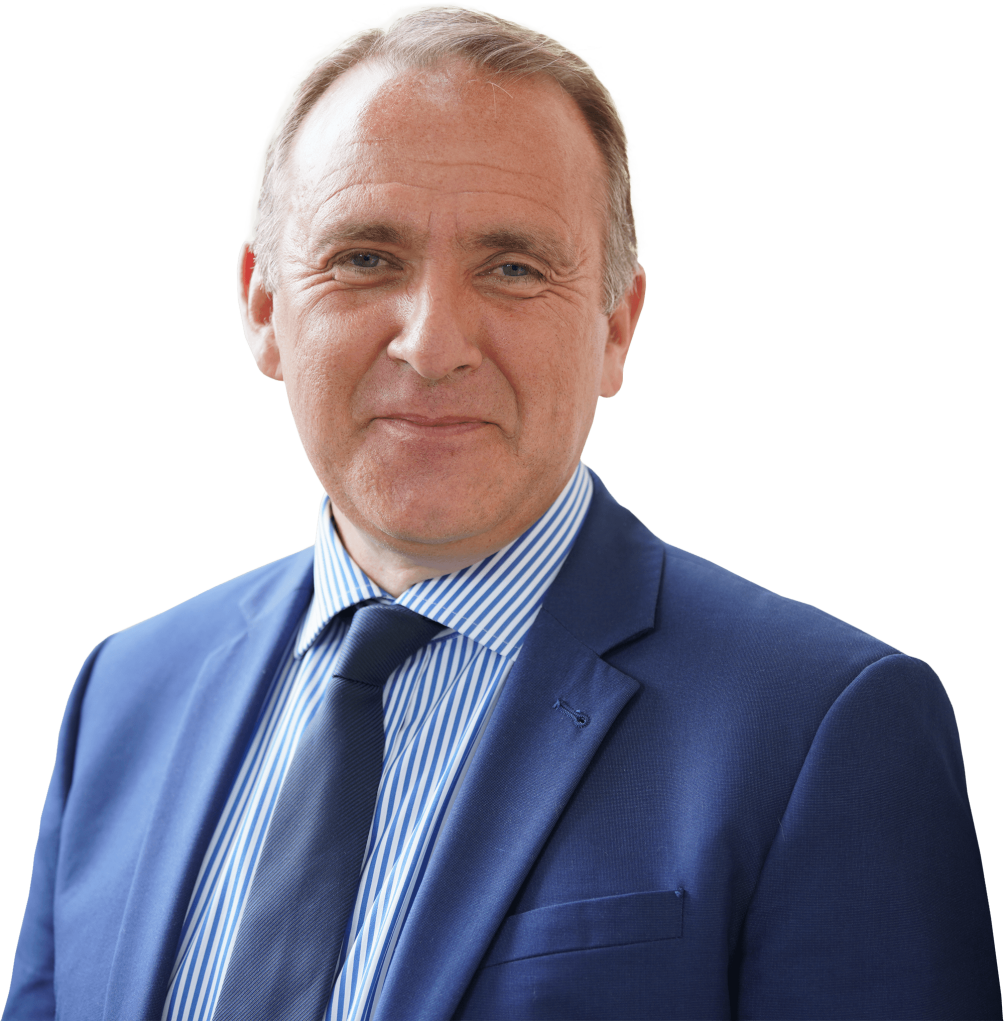

A message from Simon
CANSO’s vision is to deliver a more integrated, sustainable and efficient air transport network.
Beyond our new vision and focus areas, CANSO has renewed our commitment to members and the aviation industry.
As the organisation marks 25 years as the global voice of the air traffic management, we carry with us a deep desire to continue to deliver value at every level.
We are both partner and protagonist, pioneer and pragmatist. We stand for safety and security, seamless service and sustainable operations. And we will continue to connect and corral the industry to progress and excel in every part of the globe.
I am proud to be championing fresh momentum and to be writing a new chapter for ATM. Every player has a part to play, and each individual an important purpose to convey. Together we are rebuilding and reimagining our industry and ultimately, together we are shaping our future skies.
Delivering value
Collaboration has become an industry mantra and it is something I passionately believe in. It was therefore really heartening to see collaboration in action at the Airspace World event – on the floor, on the stands, and in the many insightful presentations at the theatres.
Airspace World was a great success. And collaboration will be too. Our industry has some incredible challenges in front of it – from incorporating new airspace users to achieving net carbon emissions by 2050 – and no air navigation service provider (ANSP) will overcome these issues in isolation.
It is obvious, it is simple, but it is no less true because of that: together we are stronger.
We are now heading to the CANSO AGM and it will again be a key theme. The event will be taking place in Berlin at the start of the summer season (7-9 June) and working together is the only way to solve the many problems in European airspace at this time of year.
Even though European traffic didn’t fully recover from the pandemic last year, EUROCONTROL reported that arrival delays reached 16.9 minutes on average – worse than the performance in 2019. And flights were more likely to leave late than on time. It begs the question of what passengers in Europe will face this summer and in the years ahead. Clearly, something must be done.
Fortunately, ANSPs are straining every sinew to ensure it is done. More than €2.7 billion has been invested in SESAR Deployment Manager’s Common Project 1, for example. By 2030, the projects completed to date will have saved more than 1 million tonnes of fuel. And ANSPs in partnership, either through technology or functional airspace blocks, are implementing the latest software or concepts, such as free route airspace or time-based separation, to ease delays.
We will make European skies more efficient. It is imperative not only for the passengers but also because of the challenges I mentioned earlier; new airspace users and sustainability.
How can congested, convoluted skies deal with more users? How can we justify flights burning fuel and causing more emissions than they need to? These questions are applicable globally. Every region will face such dilemmas and coming up with appropriate answers will benefit the entire air traffic management industry.
Of course, our Complete Air Traffic System (CATS) roadmap will drive many developments. CATS will be discussed at the AGM, and, in fact, it is something we will need to keep talking about for the next two decades as we constantly refine our strategy to accommodate innovative ideas.
The Global Council that provided the vision for this roadmap is extremely diverse. And these diverse stakeholders, with different needs and priorities, agreed on a way forward. In short, they collaborated! As long as we continue working in this spirit, I am positive we will achieve great advances in the industry.
Collaboration really is the best thing we can do for air traffic management and the planet.
Simon Hocquard, CANSO’s Director General, says working together is the key to solving a broad range of industry issues.



Collaboration has become an industry mantra and it is something I passionately believe in. It was therefore really heartening to see collaboration in action at the Airspace World event – on the floor, on the stands, and in the many insightful presentations at the theatres.
Airspace World was a great success. And collaboration will be too. Our industry has some incredible challenges in front of it – from incorporating new airspace users to achieving net carbon emissions by 2050 – and no air navigation service provider (ANSP) will overcome these issues in isolation.
It is obvious, it is simple, but it is no less true because of that: together we are stronger.
We are now heading to the CANSO AGM and it will again be a key theme. The event will be taking place in Berlin at the start of the summer season (7-9 June) and working together is the only way to solve the many problems in European airspace at this time of year.
Even though European traffic didn’t fully recover from the pandemic last year, EUROCONTROL reported that arrival delays reached 16.9 minutes on average – worse than the performance in 2019. And flights were more likely to leave late than on time. It begs the question of what passengers in Europe will face this summer and in the years ahead. Clearly, something must be done.
Fortunately, ANSPs are straining every sinew to ensure it is done. More than €2.7 billion has been invested in SESAR Deployment Manager’s Common Project 1, for example. By 2030, the projects completed to date will have saved more than 1 million tonnes of fuel. And ANSPs in partnership, either through technology or functional airspace blocks, are implementing the latest software or concepts, such as free route airspace or time-based separation, to ease delays.
We will make European skies more efficient. It is imperative not only for the passengers but also because of the challenges I mentioned earlier; new airspace users and sustainability.
How can congested, convoluted skies deal with more users? How can we justify flights burning fuel and causing more emissions than they need to? These questions are applicable globally. Every region will face such dilemmas and coming up with appropriate answers will benefit the entire air traffic management industry.
Of course, our Complete Air Traffic System (CATS) roadmap will drive many developments. CATS will be discussed at the AGM, and, in fact, it is something we will need to keep talking about for the next two decades as we constantly refine our strategy to accommodate innovative ideas.
The Global Council that provided the vision for this roadmap is extremely diverse. And these diverse stakeholders, with different needs and priorities, agreed on a way forward. In short, they collaborated! As long as we continue working in this spirit, I am positive we will achieve great advances in the industry.
Collaboration really is the best thing we can do for air traffic management and the planet.
Simon Hocquard, CANSO’s Director General, says working together is the key to solving a broad range of industry issues.

A message from Simon





